JADAM and KNF are effective alternatives to industrial agriculture techniques. However, they do have their unique characteristics.
While they both make use of microorganisms in their natural farming practices, they differ considerably in their ideologies and methods of production.
Let’s take a look at nine differences between JADAM and KNF, as well as possible reasons to use them.
1. Traditional vs Scientific Approach
The Natural Farming techniques, popularized by Master Hankyu Cho, were initially derived from Japanese practices.
As a result, Korean Natural Farming follows a traditional approach to organic input preparation.
Whereas JADAM Organic Farming builds on the foundation of Natural Farming: but takes a more scientific approach.
Through experiments, JADAM has eliminated a lot of the steps involved in KNF to gain similar outcomes.
It has also created new techniques for soil and pest management.
2. Cost Of Materials And Equipment
JADAM and KNF are possible low-cost alternatives to industrial agriculture.
However, to make full use of JADAM you’ll have to purchase ingredients, equipment and other materials.
For example, the heat resistant containers needed for JADAM Sulfur production can be expensive, based on their source.
When compared to each other, JADAM costs significantly more than KNF but still much cheaper than conventional agriculture techniques.
3. Access To Necessary Materials And Equipment
Initially, JADAM and KNF make good use of materials found on the farm in most cases.
Apart from brown sugar, KNF uses locally sourced ingredients for the majority of its inputs. This measure was necessary at the time it was introduced.
This also means that some of the ingredients mentioned will be difficult to find for people living in different countries.
While JADAM also uses similar materials, you can purchase most of the equipment online or from a department store.
This allows people around the world to access the necessary ingredients and equipment for more advanced techniques.
4. Preparation Time For Indigenous Microorganism Inputs
Both JADAM and KNF have some recipes that can be ready within a few hours. However, there is a considerable time difference when it comes to organic input preparation.
For example, the production of KNF Indigenous Microorganism (IMO 1) can take up to 7 days to be ready. While you can prepare the JADAM Microbe Solution within 36 hours.
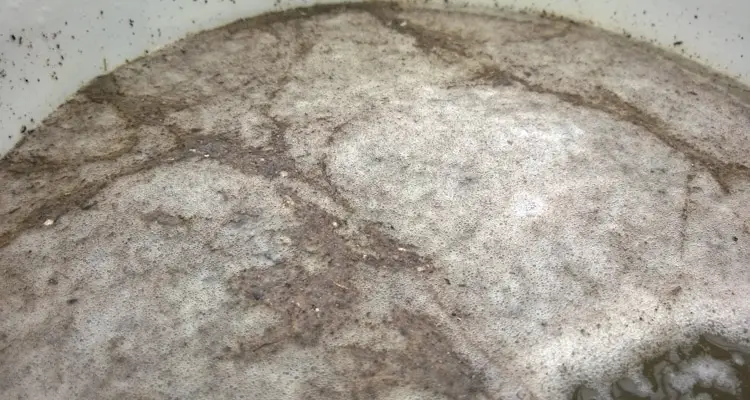
Unfortunately, this speed comes at a cost. JMS has to be used within 12 hours, whereas IMO 1 can be stored for later use.
5. Distinct Odors Of Organic Fertilizers
One of the distinguishing characteristics is the smell of their organic fertilizers.
KNF uses aerobic fermentation in the production of its organic fertilizers.
This process relies heavily on the use of brown cane sugar or molasses. As a result, the process smells pleasantly intoxicating and takes a few weeks.
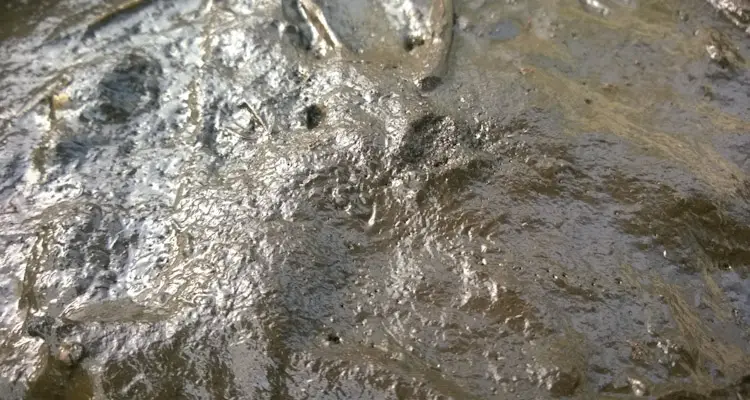
JADAM, on the other hand, uses putrefaction, which is an anaerobic process.
The process produces foul or rotten odors and takes between 3 to 6 months to complete. Fortunately, this scent goes away as the fertilizer ages.
You can find out more about these fertilizers in this article: How To Make JADAM Liquid Fertilizers (Quick And Easy)
6. Method Of Application For Indigenous Microorganisms
Korean Natural Farming’s IMOs are generally solid. You have to spread them over the planting area.
In some instances, they are diluted and used in the production of solutions. Ideally, the organisms are kept inactive through some means of dehydration; brown sugar or molasses.
The JMS, on the other hand, is a liquid. You’ll need to use an irrigation system to apply it.
You can use it at full strength under certain circumstances. However, it is usually slightly diluted and strained before use.
7. Focus On Poultry, Pig And Compost Production
When it comes to livestock production, JADAM stays clear altogether. In the book JADAM – Ultra Low-Cost Agriculture, this topic only took up a minute section, referencing his father’s KNF Chicken Coop.
The KNF poultry rearing techniques are efficient and effective.
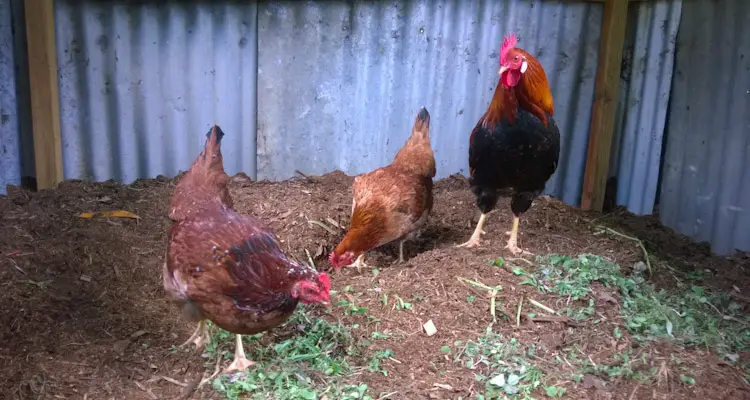
Many of the training and seminars go into depth about the treatment of poultry: from day-old chick to harvest, without the need of electricity or external source of heat.
The housing is easy to construct and manage. KNF Indigenous Microorganisms are used as part of the system, resulting in a relatively odorless environment with seemingly happy animals.
I have experimented with JMS in the chicken coop, and it worked relatively Ok. I had to do more turning and moistening of the litter to keep it active, whereas the IMOs can hold their own.
8. On-Site Production Of Compost
JADAM insists that the active on-farm production of compost is a waste of time.
However, they agree that the soil should be covered and recommend using commercially produced compost and landscaping fabric.
The excess planting materials produced on the farm are either turned into liquid fertilizer or left in the walkways to decompose.
KNF, on the other hand, has a method for producing high-quality compost to be used on the farm.
Ideally, their animals, with the help of microorganisms, create this compost in the animal houses.
For example, the litter in the KNF Chicken Coop; is made up of a mixture of rice husk, wood shaving, charcoal, rotted wood, and material from ant hills, among others.
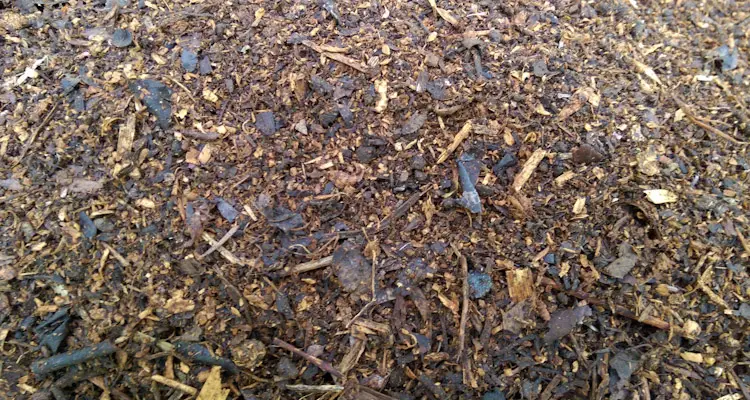
These materials form the perfect base for the production of high-quality compost.
9. Approach To Pest And Disease Control
Both KNF and JADAM emphasize the importance of keeping plants healthy. However, their approach to achieving this is quite different.
In the case of KNF, they ensure that proper planting distance is maintained. The aim is to keep plants healthy to resists attacks from pests and diseases.
They use fermented inputs, such as Fermented Fruit Juice (FFJ) and Oriental Herb Nutrient, to assist with this goal.
In the case of an outbreak, suitable ferments are used based on the nature of the disease.
These ferments also aid in pest control. They are used to make attractants such as Aromatic Insect Attractant (AIA), which is simply a mixture of FFJ and alcohol such as Brandy or Rice wine.
JADAM, on the other hand, uses rather intense planting techniques, with little attention paid to plant rotation.
In theory, this is a recipe for disaster, but their farms thrive.
For instance, JADAM focuses on root growth through the use of JMS and leaf mold inoculated seedlings. They then cover the soil with compost and breathable landscape fabric mulch. This combination creates ideal conditions for root development.
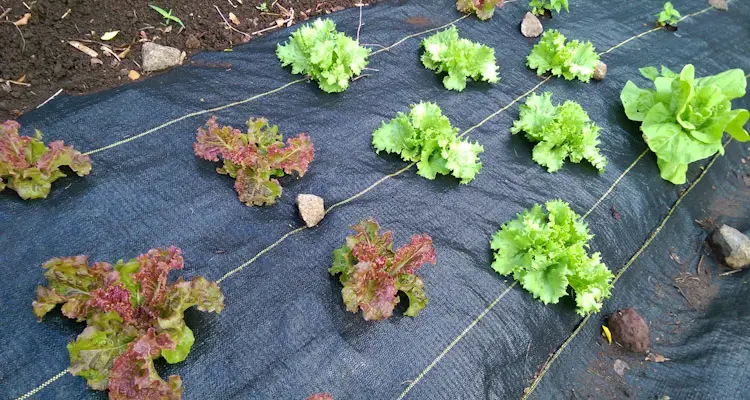
In case of pest management, JADAM makes use of its wetting agent, which is a simple natural soap-like solution. Based on the pest, they use a suitable herbal solution to either repel or kill on contact.
Due to the intensive agricultural practice, certain diseases are common. However, these are quickly brought under control by JADAM Sulfur solution, which also repels certain pests.
Both the Wetting Agent and Sulfur Solution comply with USDA organic regulations. So while they might be chemicals, they are not synthetic and considered organic safe.
Final Thoughts
After a few months of using both techniques on the farm, It’s clear that both JADAM and KNF have their merits, especially where resources are limited.
Their techniques are easy to follow and implement, providing you have access to the required ingredients, materials, and equipment.
In both cases, you have to be willing to put in the time and effort to learn and implement these techniques.
Ultimately, you will find yourself drawing from both techniques as your farm progresses.
Related Questions
What is the meaning of JADAM?
JADAM is the short for Jayonul Damun Saramdul. It is the Korean name for the organization and translated as “people who like nature.”
What is JADAM Fertilizer?
JADAM Liquid Fertilizer or JFL is an organic fertilizer. You can make it by adding wild grass, garden waste, animal products, and even animal waste to water, with some leaf mold.
What is JADAM JMS?
JMS is short for JADAM Indigenous Microorganism Solution. You can make JMS by adding a starchy food, such as a boiled potato and leaf mold to water, and allow it to multiply for 24 to 72 hours.
References
USDA. USDA Organic Regulations. USDA.gov. Accessed June 2021
ECFR. National Organic Program. Ecrf.gov. Accessed July 2021
JADAM. JADAM Organic Farming. Jadam.kr Accessed July 2021

